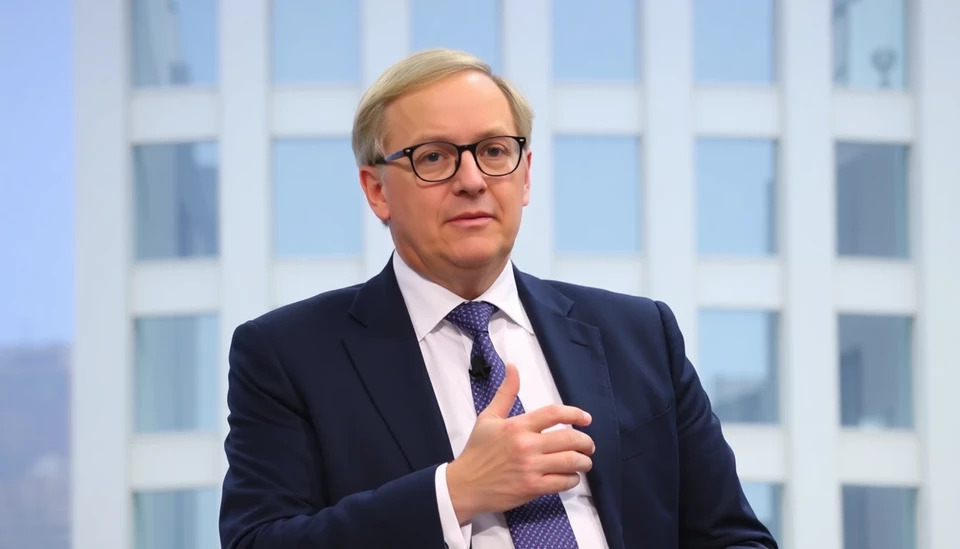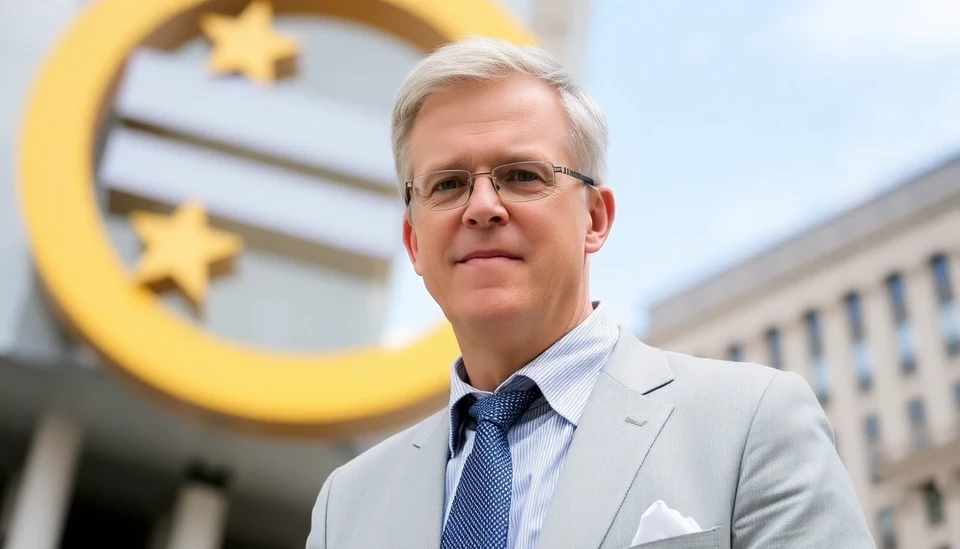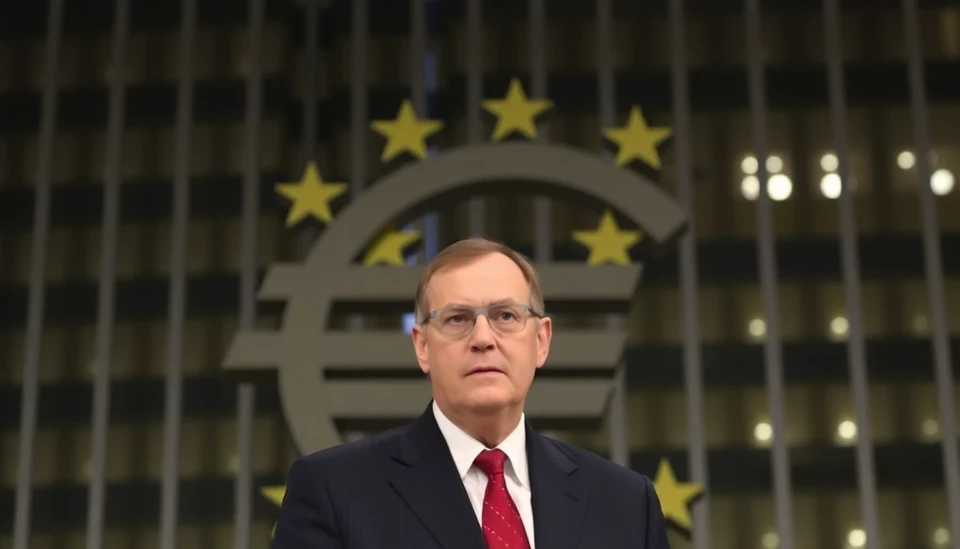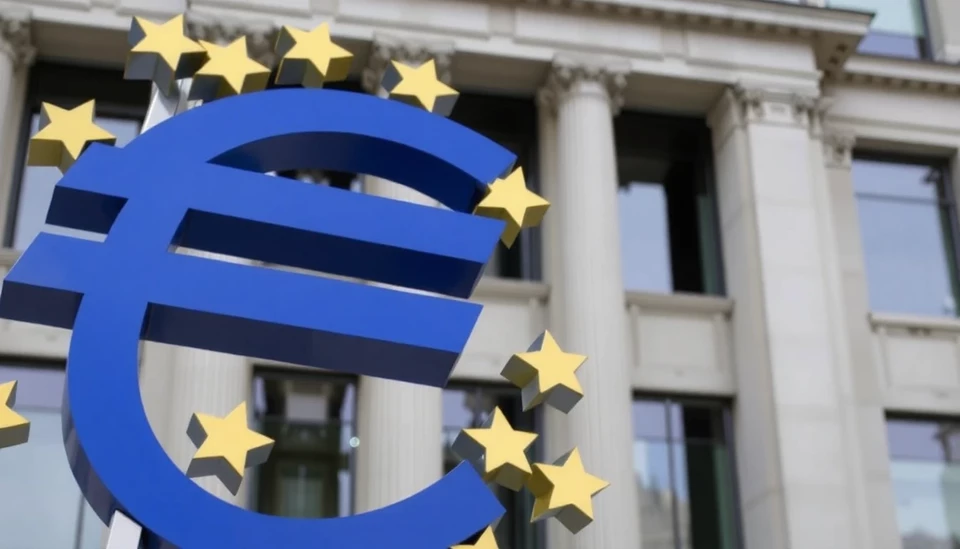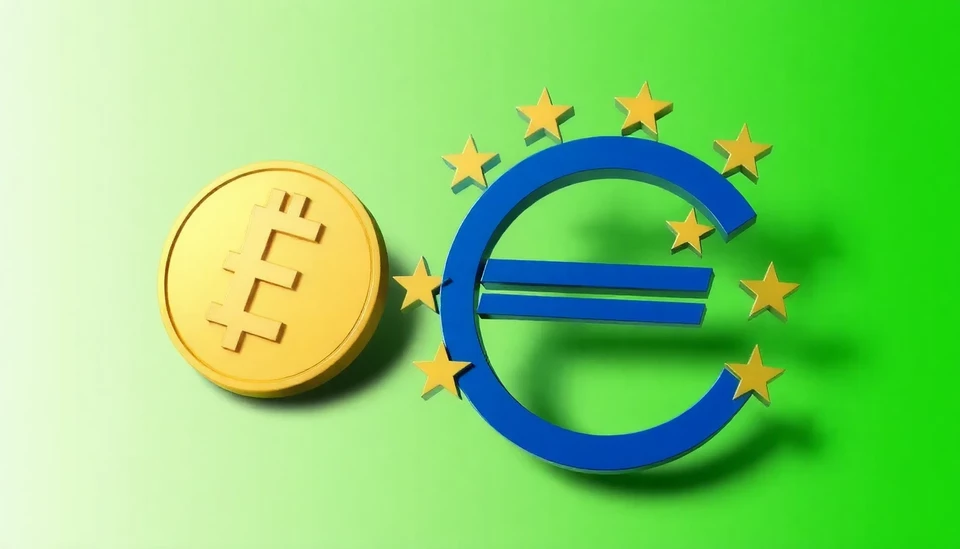
The European Central Bank (ECB) finds itself in a challenging position as market participants adjust their expectations regarding interest rate cuts. Investors are now betting that the ECB will have to take action sooner than anticipated to support economic growth amid potential stagnation in the Eurozone. This shift in sentiment arises from a mix of economic data and market dynamics that suggest the ECB may need to pivot away from its current stance sooner rather than later.
Recent market movements indicate a growing belief that the ECB is falling behind in responding to a changing economic landscape. With inflation pressures seemingly easing and economic growth showing signs of cooling, analysts are increasingly suggesting that the central bank could explore a reduction in rates as early as the first half of 2024. This outlook contrasts sharply with previous expectations, which leaned towards maintaining higher rates for a more extended period.
In financial markets, this sentiment has been palpable. Futures linked to Eurozone interest rates have been undergoing significant changes, reflecting the growing consensus among investors that the ECB's rate ceiling may soon be tested. Such adjustments indicate that traders are readying themselves for a more dovish turn from the central bank, particularly if inflation continues its downward trajectory and economic data remains tepid.
Central bank officials have recently signaled their recognition of the evolving economic climate. While they have maintained a cautious approach, voicing concerns about inflation not being fully under control, there is an underlying acknowledgment that the need for sustained higher rates may diminish. Therefore, the balancing act for the ECB is increasingly placed into the spotlight, as it strives to manage both inflationary pressures and economic growth effectively.
The ECB's predicament is not happening in isolation; global economic trends and inflation dynamics, particularly in major economies like the United States, are influencing its policy decisions. The ongoing effects of geopolitical tensions and supply chain disruptions continue to play a role in shaping economic conditions. As the ECB faces these multifaceted challenges, it may find itself in a position where acting too late could exacerbate economic downturns across the Eurozone.
In light of these developments, investors are now keenly watching for any signals from the ECB that could provide further clarity on its policymaking direction. As discussions around rate cuts gain momentum, speculation will likely intensify about potential timing and scale. Market analysts are urging stakeholders to remain vigilant and prepared for swift changes, particularly as upcoming meetings of the ECB could provide critical insights into the future of monetary policy in Europe.
Overall, the landscape for the ECB is characterized by heightened uncertainty, with rate cut expectations progressively becoming a more prominent theme. The central bank's ability to navigate this delicate situation will be crucial in ensuring that economic growth continues while managing the enduring complexities of inflationary pressures and market dynamics.
As we look ahead, the focus will undoubtedly remain on how the ECB positions itself amid these evolving market expectations, making it a central point of interest for analysts and investors alike.
#ECB #InterestRates #MonetaryPolicy #Eurozone #RateCuts #EconomicGrowth
Author: Rachel Greene

